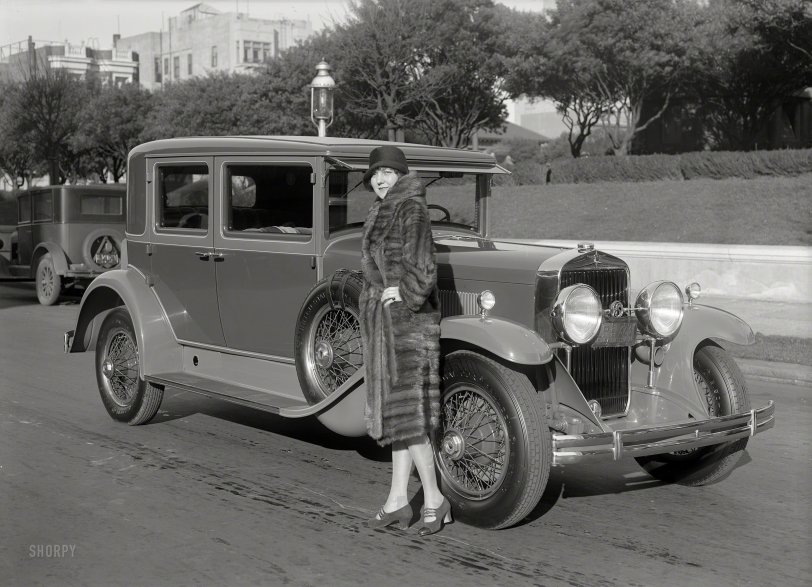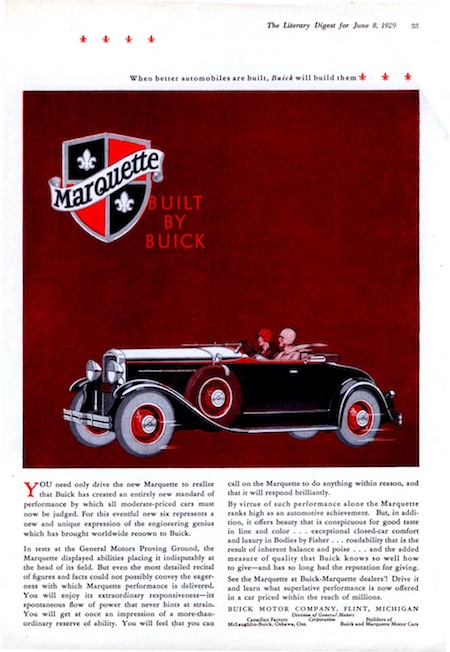


Framed or unframed, desk size to sofa size, printed by us in Arizona and Alabama since 2007. Explore now.
Shorpy is funded by you. Patreon contributors get an ad-free experience.
Learn more.

- Exclusive pump
- Details, Details
- What's that building to the left of the tower?
- Coal Barges
- Bromo-Seltzer
- Inner harbor
- The Basin
- What a headache!
- Giant stepladder?
- Baldwin 62303
- Baldwin VO-1000
- Cold
- No expense spared
- Tough Guys
- Lost in Toyland
- And without gloves
- If I were a blindfolded time traveler
- Smoke Consumer Also Cooks
- Oh that stove!
- Possibly still there?
- What?!?
- $100 Reward
- Freeze Frame
- Texas Flyer wanted
- Just a Year Too Soon
- WWII -- Replacing men with women at the railroad crossing.
- Yes, Icing
- You kids drive me nuts!
- NOT An Easy Job
- I wonder
Print Emporium
Cherchez La Salle: 1928

San Francisco, 1928. "LaSalle 328 sedan." Latest entry in the Shorpy Register of Ill-Fated Phaetons. 5x7 glass negative by Christopher Helin. View full size.
Missing Junior Partner
Introduced on June 1, 1929, the "Baby Buick" was called the Marquette. Approximately 41,000 were built during the one model year including those produced in Canada.
The Viking was not the shortest lived of the junior partners (as stated below). That dubious honor also goes to the Marquette as all were 1930 models.
The Viking actually lasted two model years. In 1929 there were 5,259 Vikings produced, and in 1930 a further 2,738 made. Dennis Casteele in his book The Cars of Oldsmobile states, "By 1931 Olds had attempted to completely disengage itself from the orphaned Viking, although a few dealers were stuck with leftover 1930 models which were titled as 1931's."
The Viking was the only one of the junior partners that really shouldn't be named as such. The Viking was an upmarket model to the Oldsmobile. It cost more than an Olds, and it had an V-8 engine instead of a straight six power plant. For instance the lowest priced Olds four-door Sedan base price was $965 while the Viking counterpart cost $1,695 in 1929. The most expensive Olds, a deluxe landau four-door sedan, cost $1,165, and the most expensive Viking, a deluxe close coupled sedan, cost $1,855.
For comparison, the least expensive LaSalle in 1929 was $2,295 for a four-passenger phaeton, and the least expensive Buick was a business coupe at $1,195.
Don't forget the Marquette
While Chevrolet did not get a companion brand, Buick indeed had one, known as the Marquette.

Junior partners
An example of market saturation gone wild can be seen in the rush to establish "companion" brands by a number of auto makers in the late 1920s. Hudson had its slightly smaller Essex, Nash its Lafayette, Studebaker its Rockne, etc. Those manufacturers that did not follow that path tended to offer a wider range of size and amenities within a given marque, such that a "loaded" Desoto could easily cost more than the cheapest.
Every GM model save for the lowest-price Chevrolet and the mid-price Buick had its companion make. In addition to LaSalle for Cadillac, Oldsmobile had the Viking (shortest lived of the GM "juniors") and Oakland introduced the Pontiac.
Interestingly, though all save one of the junior cars were gone by World War II, it was senior partner Oakland that succumbed to the exigencies of the Great Depression, while its junior, Pontiac, survived into the 21st Century.
The flaw in GM's marketing model was that it placed models from different divisions in competition with each other -- works fine in an atmosphere of growing demand, but in a constricting market (such as that characterized by the Great Depression) most GM divisions found themselves trying to steal customers as much from each other as from other manufacturers.
Not dead yet
In a way, this brand is only mostly dead. The LaSalle was a GM model, built by the Cadillac division. It was conceived as a entry level luxury car, with maybe an extra dash of style. The LaSalle was Harley Earl's first design assignment at GM.
Archie and Edith
Gee, our old La Salle ran great
























On Shorpy:
Today’s Top 5